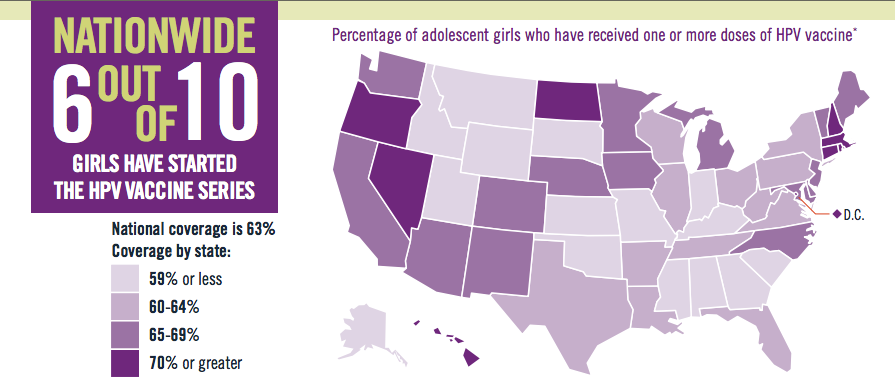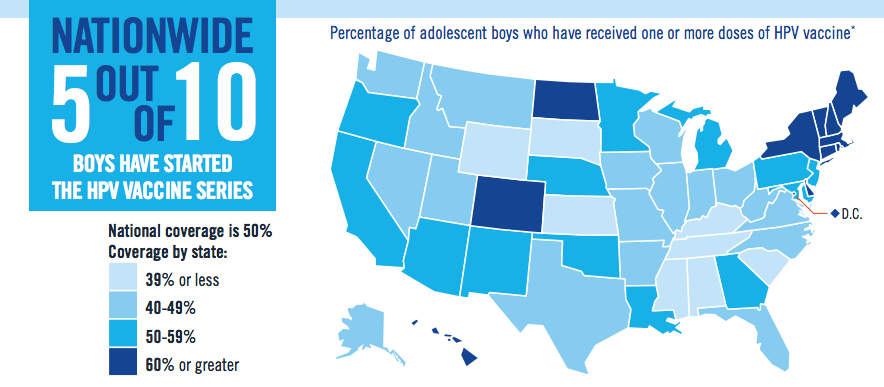1.10 Science is a social endeavor
One of the key points raised by the cervical cancer example is that science is a social endeavor. For example, scientist may be motivated to study some topics and not others. Like all people, scientists are flawed and can make mistakes. Therefore, it is critical that science is open to replication and revision. It took many individuals many years of study, involving thousands of individuals, to establish HPV as a cause of many cervical cancers. And our knowledge is still imperfect.
Also, scientific findings matter to people. If the Pill really were the main cause of a deadly cancer, then many women would need to re-think their choice of contraceptives. Alternatively, many women might have decided to forego contraceptives altogether, possibly resulting in many unplanned pregnancies, higher abortion rates, etc. Further, if the HPV vaccine really does lead to more teenage sex, then many parents might opt not to have their children vaccinated, for a variety of reasons (religious, cultural, etc.).
As it is, there are still social and medical challenges associated with HPV vaccine. For example, in the United States in 2016, only 6 out of 10 teenage girls had started the vaccination series:

While there is obviously room for improvement with teenage girls, the data are grim for boys: Only 5 out of 10 teenage boys had started the series in 2016. This statistic may be due to parent concerns about teenage sex, or perhaps a lack of understanding at the population level of how vaccinations work. In order to make dramatic reductions in the incidence of cervical cancer, the majority of males and females must get vaccinated against HPV. Perhaps better education—about herd immunity and the connection between HPV and cancer—is warranted.

- U.S. Department of Heath and Human Services, Centers for Disease Control and Prevention. Public Domain. https://www.cdc.gov/hpv/infographics/vacc-coverage.html ↵

